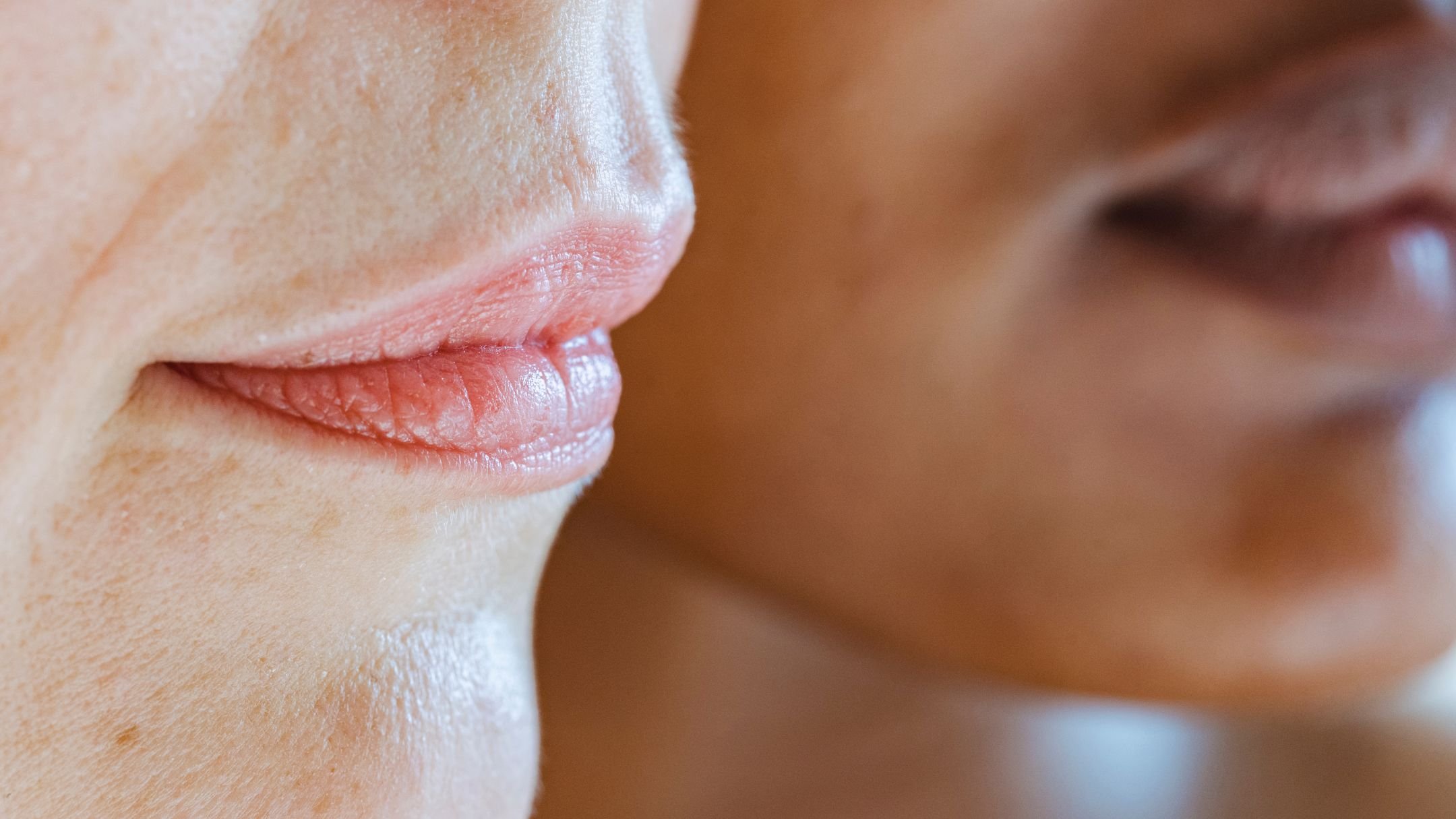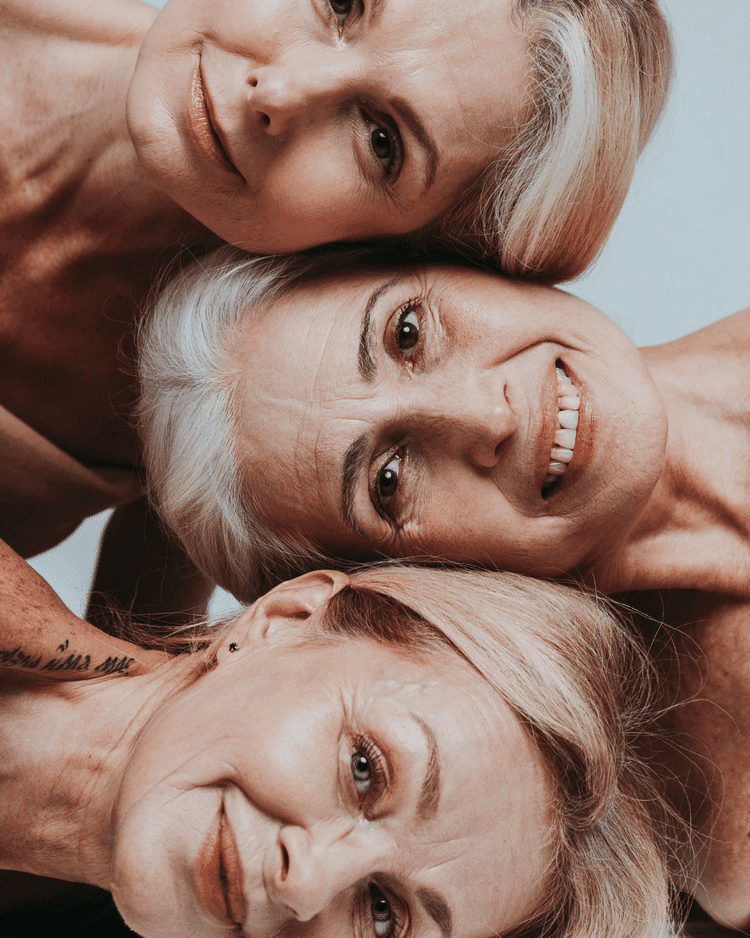
If you’ve noticed that certain patches of your skin look a bit darker than others, that may be because you have one of the most common skin conditions: hyperpigmentation. And don’t worry—while the name may sound intimidating, it’s generally not a cause for concern (“hyperpigmentation” literally just means “more colour”).
To better understand this condition, let’s explore what it is, including its types and causes, and what you can do to treat it.
What are the three main types of hyperpigmentation?
Hyperpigmentation is an umbrella term for a number of skin-color-related conditions, with three main types:
Age spots. Also known as sun spots, these are dark spots that appear on the skin—such as around the face, neck, and arms—due to cumulative sun exposure throughout the years.
-
Melasma. This is a condition where darkened skin develops on the face, forehead, and stomach. It’s more common among pregnant women, women who take contraceptives, and people with darker skin tones.
-
Post-inflammatory hyperpigmentation (PIH). This can occur when the skin is inflamed due to trauma (like when you pick at those pesky acne spots!).
What can cause hyperpigmentation?
Now that you have an overview of the main forms of hyperpigmentation, let’s dive a little deeper into its common culprits:
Hormonal changes
Skin discoloration in the form of melasma may be an indicator of hormonal imbalance, which can come with your menstrual cycle and pregnancy (where it’s also called the “mask of pregnancy”). Dark spots can appear anywhere on the body, but they tend to be more prominent on the face and abdomen.
Pro tip: We know what you’re thinking. You already have enough to deal with during your period, now you have to deal with dark spots, too! To deal with this unwanted side effect, you may want to look into cosmetic treatments like chemical peels. And don’t forget to do what you can to make this time of the month more tolerable, like switching to period underwear.
Excessive sun exposure
There’s nothing wrong with soaking up the sun (in fact, it’s essential to your skin’s health), but don’t overdo it! Prolonged exposure to the sun’s ultraviolet (UV) rays can accelerate the production of melanin—the pigment that adds color to your skin—resulting in sunspots on the face, neck, forearms, etc. To safely get your daily dose of Vitamin D, aim to spend not more than 30 minutes in the midday sun.
Medical conditions
In some cases, hyperpigmentation may be a sign of a more serious medical condition such as Addison’s Disease, which is when the body doesn’t produce enough cortisol. When hyperpigmentation is caused by a medical condition, the dark spots tend to be concentrated in the creases of the skin. So, if you notice dark spots in areas like your elbow, knees, and knuckles, you may want to visit your doctor to be safe.
Genetics
If you come from a freckle-faced family, chances are that you’ve had dark spots since you were a kid. While discoloration due to genetics is no cause for concern, it does mean that your skin is more sensitive to the sun. With that said, be sure to practice proper sun protection to prevent the onset of sun-induced brown spots.
Age
As you age, discoloration on the skin—also known as lentigos, age spots, and liver spots—may become more noticeable. This is due to the damage that the sun has done to your skin over the years. In addition, the risk of developing liver spots increases if you’re a fan of tanning beds, or if you didn’t practice proper sun protection in your younger years.
Skin trauma
We briefly mentioned PIH earlier, but now it’s time to go into more detail. When the skin goes through trauma—such as burns, scrapes, bug bites, and picking at a scab—it can become inflamed. This causes the skin to accelerate melanin production, which can result in the formation of dark spots on the wounded areas.
How can you reduce existing pigment spots?
If you’re bothered by the dark spots on your skin, don’t worry—there are plenty of steps you can take to treat this condition. And although you can’t get rid of it for good, you can reduce its appearance. Here’s what you can do to treat pigment spots and get clearer, glowing, and younger-looking skin:
Maintain skin moisture
Well-moisturized skin fortifies your skin barrier and protects it from irritants such as UV rays, which can worsen skin discoloration. Furthermore, some moisturizers are formulated with gentle exfoliating ingredients that can get rid of dead cells on the skin’s surface, giving way to younger, newer cells.
As you can see, moisture works wonders for your skin, so don’t forget to slather on a good moisturizer twice a day. And it goes without saying, but don’t forget to drink plenty of water daily—this is one of the easiest ways you can boost your skin’s moisture content!
Use topical creams
Certain over-the-counter skin care products contain skin-lightening ingredients that can fade sun-induced spots. These include Vitamin C, Vitamin A, glycolic acid, salicylic acid, soy, niacinamide, and many more.
But wait! We know it can be tempting to buy a skin-lightening cream and use it off the bat, but be sure to consult your doctor first. Some products may cause side effects such as stinging, sores, and inflammation, which can worsen your skin condition.
Consider cosmetic treatments
Pigment spots can be stubborn, and it may take a long time to lighten them through the remedies we’ve mentioned. So if you want to see results ASAP, you may want to look into cosmetic procedures such as microdermabrasion, dermabrasion, chemical peels, and cryotherapy. Do note that not all treatments will be suitable for your skin (some may worsen your condition), so be sure to consult a board-certified dermatologist.
Practice proper sun protection
As we earlier mentioned, excessive UV exposure is one of the main culprits of discoloration in the form of sunspots. To prevent this skin condition from worsening, stay out of the sun between 10 AM and 4 PM, apply (and reapply!) sunscreen, and wear sun-protective clothing such as a wide-brimmed hat.
Feel like your best self with Bare Beauty
Hyperpigmentation is a fact of life. Even if you follow the strictest skincare routine, you’ll likely develop dark spots on your face, neck, decolletage, etc. sooner or later. And while there’s nothing wrong with this “flaw”, we understand that it may make you feel self-conscious. That’s why we offer a wide range of treatments, designed to bring back your confidence and make you feel like your best self.
Get in touch with the Bare Beauty team today to book a consultation and find the right treatment for your skin concerns.
We’re excited to introduce our new guest blog writer, Katie Pierce, who is embarking on an exciting new career as a content writer. We feel incredibly fortunate to have Katie join our team and contribute to our blog. Keep an eye out for more amazing content from Katie in the future.




